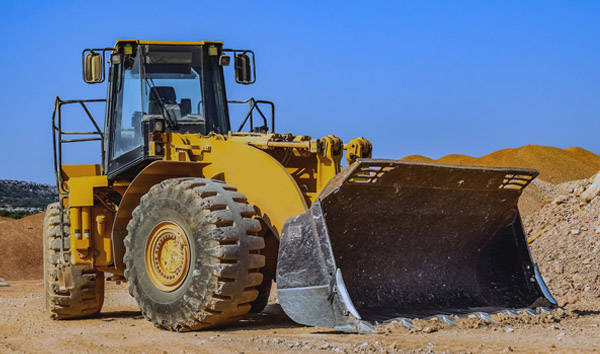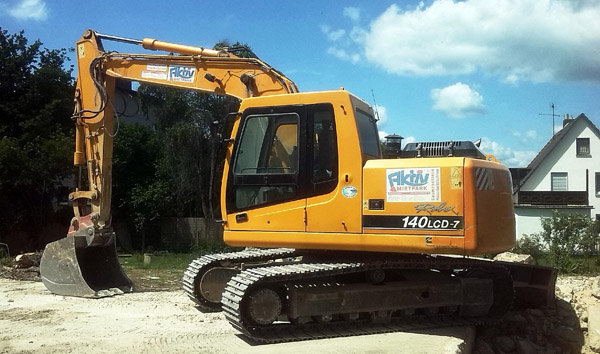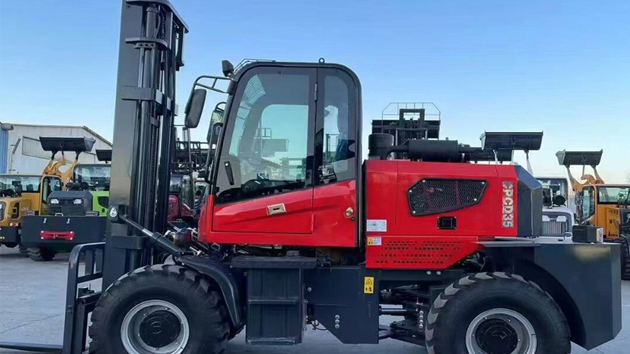Navigating the Financial Landscape of Rough Terrain Forklifts
2025-07-04 05:25:29
Rough Terrain Forklifts are indispensable in industries such as construction, agriculture, and mining, where uneven surfaces and heavy loads demand specialized equipment. A thorough cost-benefit analysis reveals that while the initial investment is higher compared to standard forklifts, the long-term advantages—such as enhanced durability and reduced downtime—justify the expenditure. Industry data indicates that rough terrain forklifts can operate efficiently for 10-12 years with proper maintenance, significantly outperforming conventional models in harsh conditions.
Initial Acquisition Costs vs. Operational Lifespan The upfront cost of a rough terrain forklift ranges between $50,000 and $120,000, depending on capacity and features. While this is 30-50% higher than standard forklifts, their reinforced frames, heavy-duty tires, and powerful engines ensure longevity in demanding environments. Studies show that businesses using rough terrain forklifts experience 40% fewer breakdowns in rugged settings, translating to lower replacement costs over time. Additionally, financing options and tax incentives for industrial equipment can mitigate the initial financial burden.
Fuel Efficiency and Energy Consumption Modern rough terrain forklifts increasingly incorporate fuel-efficient diesel engines or hybrid systems, reducing operational costs. Data from the Industrial Truck Association highlights that diesel-powered rough terrain forklifts consume 15-20% less fuel than older models, saving up to $8,000 annually in fuel expenses. Electric variants, though pricier upfront, offer even greater savings in energy costs and emissions compliance, making them a viable option for eco-conscious enterprises.
Maintenance and Downtime Considerations One of the most compelling benefits of rough terrain forklifts is their low maintenance frequency compared to standard forklifts in similar conditions. Industry reports indicate that scheduled maintenance costs for rough terrain models are 25% lower due to their robust design. Furthermore, their ability to handle uneven terrain reduces wear on components like axles and transmissions, extending service intervals and minimizing unplanned downtime—a critical factor in high-stakes industries.
ROI and Total Cost of Ownership When evaluating the total cost of ownership (TCO), rough terrain forklifts demonstrate a clear advantage. Over a 10-year period, businesses report an average ROI of 22%, factoring in productivity gains, reduced downtime, and lower maintenance expenses. Case studies from mining operations show that rough terrain forklifts contribute to a 30% increase in load-handling efficiency, further justifying their higher initial cost. For companies operating in challenging environments, investing in a rough terrain forklift is not just a purchase—it’s a strategic decision for long-term profitability.














